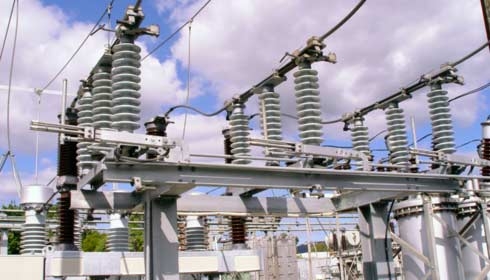1. What does EMS stand for?
It stands for energy management system. According to energy management system definitions, it is software that enables much better monitoring, control, and optimisation of energy usage for organisations in their network infrastructure and other parts of the businesses. These are network monitoring tools that visualise energy consumption patterns. EMS helps in identifying areas with inefficiency. Once these regions are located, it is possible to implement a wide range of methods for waste reduction in the case of transmission and subtransmission networks.
2. How does an energy management system work?
EMS management tools operate in several steps and include monitoring, data analysis, visualisation, optimisation, control, and performance tracking. The monitoring part focuses on collecting data in real-time with the use of sensors of a different kind. Once the data is collected, the software responsible for energy management and services analyses the information to identify energy consumption patterns and locate the places of inefficiency. The next step in EMS operation is a presentation of the analysed data. It usually happens in a user-friendly visualisation, in the form of dashboards or reports. Later, the EMS provides owners with strategies and measures to optimise energy usage reducing waste at the same time. The energy-saving tool also enables remote control and management of all devices and systems. At the end of the day, the EMS generates reports where we see a variety of metrics to track the effectiveness of applied measures.
3. What are the benefits of EMS?
EMS monitors and analyses energy usage improving energy efficiency. It enables the identification of areas where waste and inefficiency occur. EMS offers network management tools that allow organisations to apply strategies for energy consumption reduction. By optimising energy usage, it is also possible to reduce operational costs and save on energy bills. Another benefit of using EMS is environmental sustainability. To reduce the carbon footprint, organisations track and manage energy consumption. Let’s not forget about performance issues that can be solved by using real-time data and analytics. EMS is also a great option as far as compliance with regulations is concerned.













